Click to view our Accessibility Statement or contact us with accessibility-related questions











What is the difference between Staggered and Ortholinear layouts

search
close
Sort by: Newest
keyboard_arrow_downcidit
63
Oct 19, 2022
Not enough said about the avantages of ortho in my opinion. Especially when it comes to touch typing.

Lilalas
14
Oct 19, 2022
You did a good job explaining the history of these designs, but you did not go into the implications of what all this means for typing at all.
My personal analysis: It doesn’t make a huge difference, but there are one or two keys that are easier to reach on ortho. (It would be nice if somebody could link diagrams showing the reachability score of each key.) Other than that, I think ortho is also easier to learn/remember the layout (though this is highly subjective).
quadibloc
1
Oct 18, 2022
An IBM 29 isn't a computer. It's a card punch. The cards with holes in them that it makes are then taken to a card reader attached to a computer. That way, programs or data put on cards with the card punch can be read into the computer much faster than people can type, and so the computer wasn't tied up while people were preparing programs or data for it.

HoffmanMyster
3278
Community
Oct 25, 2022
quadiblocVery true! I should have said "computer input devices", since that's really what the 029 is.

StormWasHere
47
Keyboard Club Member
Oct 12, 2022
I am here for the Ortho representation!!! We need more of it! We also need more ortho boards and more ortho keycap sets. There is nothing more heart wrenching then seeing an awesome set and not having enough 1U keycaps to fill my boards.

erickong
7434
Mech Keys Moderator
Oct 12, 2022
"This array of physical levers and bars within the inner workings of the typewriter meant that the four (at the time) rows of keys must all be staggered by a quarter key-width in order to fit neatly alongside each other. And thus was born our staggered layout, remaining roughly unchanged in the nearly century and a half that has followed. "
That makes too much sense
PRODUCTS YOU MAY LIKE
Trending Posts in Mechanical Keyboards
leoakaleo
callboy job chennai
Have you ever considered a profession that blends excitement, charm, and independence? Call boy jobs in Chennai present a unique opportunity for those ready to explore a different career path. With...
Dec 30, 2024
nienow.donny
Chill Out with Fun: Dive into Papa's Freezeria Game!
Are you ready to take a break from reality and indulge in a delicious virtual ice cream adventure? Welcome to the sweet world of Papa's Freezeria! In this delightful game, you'll transform into a master ice cream chef, serving up yummy concoctions to your quirky customers while managing your very own ice cream shop. Grab your aprons, unleash your creativity, and get ready to scoop, blend, and serve! What is Papa's Freezeria? Papa's Freezeria is a fun-filled cooking simulation game where players run an ice cream parlor by preparing and serving delicious treats. From building the perfect sundae to creating refreshing milkshakes, this game brings the art of ice cream making right to your fingertips! But hold on—having fun isn’t just about tasty flavors; it’s also about mastering the art of multitasking and keeping your customers happy. How to Play: Your Guide to Delicious Success! Step 1: Get Started Getting started is easy! You can choose between various characters, each with their...
Dec 30, 2024
MoreBlcvk
Can i someone support me in fixing my Drop Alt keyboard?
I havent used this keyboard in months. When I plug it in, it turns on and turns off. You would assume there is a short in the cord but I know there's not because I can use the cord with a different keyboard. So do you think its a firmware issue or a short inside the keyboard? Either way I want to fix it. Any suggestions or tips & tricks?
Dec 29, 2024
CapnKitten
Solid ABS Keycaps
DCX quality is pretty good. Similar sound signature and a smoother texture to GMK. Not a dig at either, just a difference. Ignore the missing keycap, it's a switch issue.
Dec 29, 2024

excelsiorcarslondon
Why Cab Service Near Me is Essential in Today’s Fast-Paced World
In today’s world, convenience is key. Whether you're commuting to work, heading to an important meeting, or enjoying a night out, having access to a reliable london city airport transfers is indispensable. Companies like Excelsior Cars London are redefining what it means to travel conveniently and efficiently. The Importance of Local Cab Services When you're in a hurry or unfamiliar with your surroundings, searching for a “cab service near me” can be a lifesaver. Local cab services bridge the gap between affordability and reliability, providing quick solutions for transportation needs. Unlike app-based ride-sharing platforms, traditional cab services often offer: Instant Availability: No long wait times during peak hours. Knowledgeable Drivers: Drivers familiar with local routes and shortcuts. Personalized Service: A customer-focused experience that prioritizes your comfort. Excelsior Cars London, for example, ensures passengers experience stress-free travel with their fleet of...
Dec 27, 2024
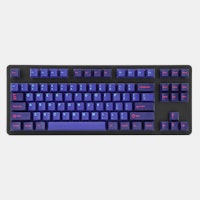
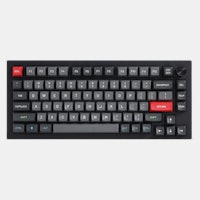
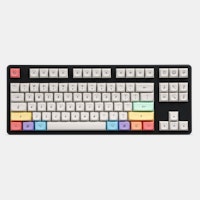
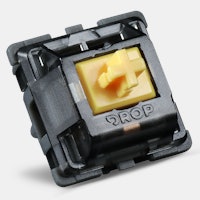

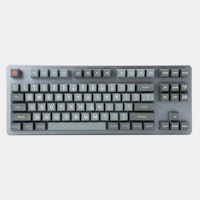
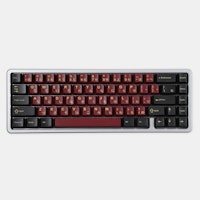
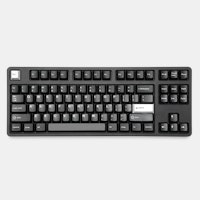
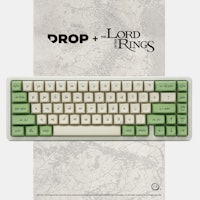






Staggered vs Ortholinear
What are Staggered and Ortholinear Layouts Before diving into the topic, a brief introduction is needed for those that might not know the terms. Staggered is a little easier to deduce from the word itself - keys are aligned vertically (going across a given row, the key to the left and right does not shift position up or down—in other words, the vertical rows are all in alignment) but are staggered horizontally (conversely, going up or down a given column, the keys above and below a key do shift position left or right). Ortholinear means that the keys are all aligned vertically as well as horizontally, most often in a perfect grid pattern. This is also sometimes referred to as a “matrix” layout, though this is less common in the keyboard hobby. There are also other types of staggering (uniform, symmetric, and columnar), but we won’t be covering those in this introductory article.
History of Staggered Layouts While not critical to understanding the difference between the two layout types, some history seems appropriate at this point. Feel free to skip below if you’d prefer. When typewriters were first developed, staggered layouts became a design necessity. Each key that the user pressed was connected to an arm (“typelever” or “keylever”) which was mechanically connected to the typebar. Pressing a given key causes the linkages to move such that the reversed character on the typebar is slammed into the ink-ribbon-covered paper, leaving that character inked onto the sheet.